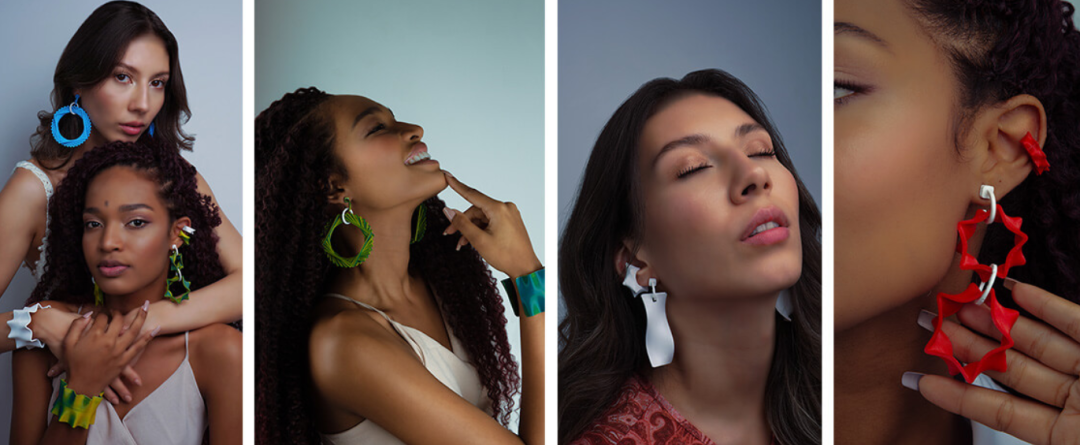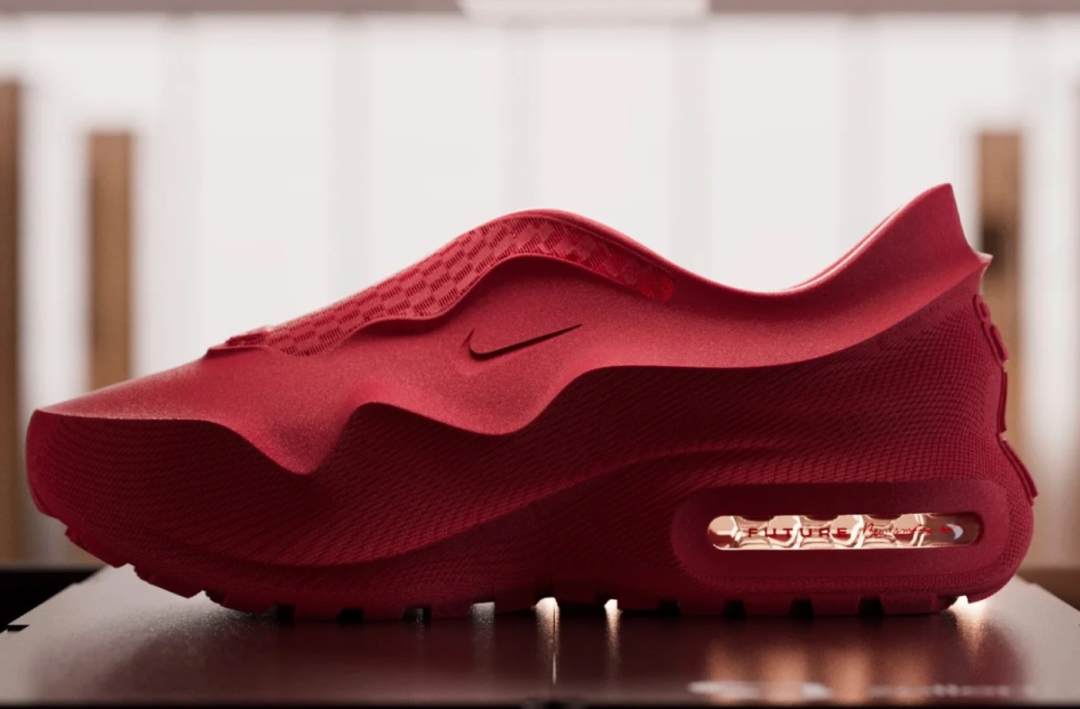Antarctic Bear Guide: If women could first 3D scan their breasts when purchasing bras, then use AI modeling, and finally 3D print the bras, would they fit better?
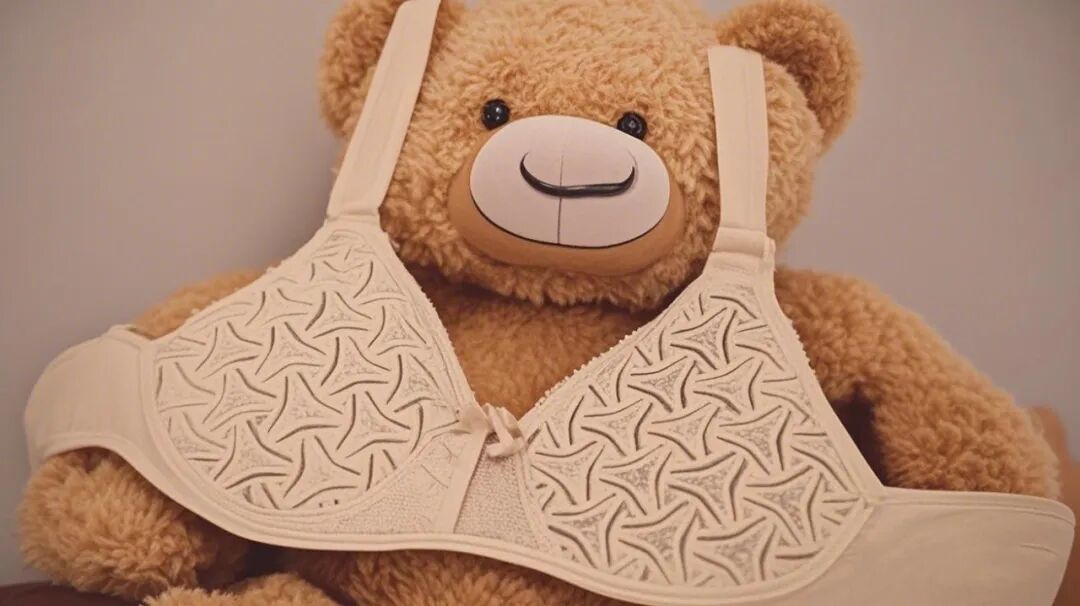
△3D Printed Underwear. Currently, it is generally made from PLA-type plastics, and although Antarctic Bear has not personally worn it, it seems like it would be quite uncomfortable. If there were other more skin-friendly materials, or if a layer of fabric were sewn on the inner surface of the bra, it might be much more comfortable.
The development of women’s underwear is a history filled with innovation and transformation. From the advent of synthetic nylon stockings in the 1940s, to the popularity of underwire bras in the 1950s, and the emergence of seamless underwear in recent years, each technological innovation has brought women a more comfortable wearing experience.
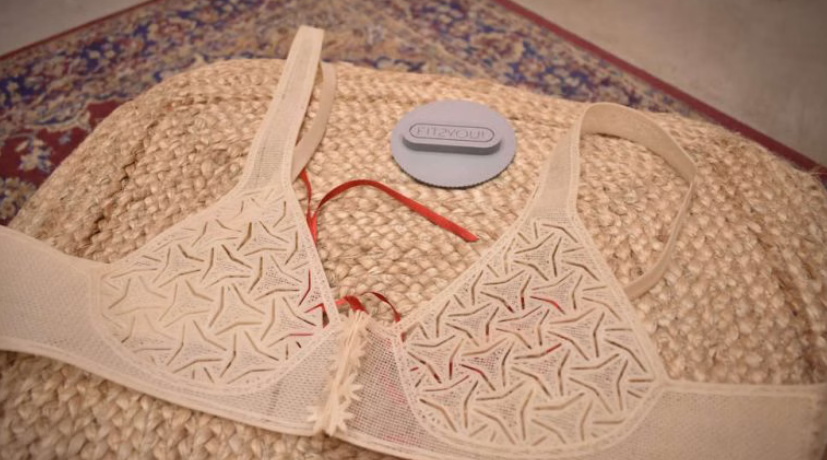
In April 2025, Antarctic Bear learned that Colombian designer Neyla Coronel introduced 3D printing technology into underwear design through her “Fits You!” project, creating a new chapter in personalized custom underwear.
Why Choose 3D Printing?
Coronel initiated this project based on her deep insights into the traditional lingerie market. Many women encounter a common problem when shopping for underwear: it is difficult to find products that fit their bodies perfectly. This is not because their bodies do not meet standards, but because the options available in the market are limited and cannot meet diverse individual needs. Thus, Coronel had a bold idea: why not use technology to create underwear tailored directly for women?
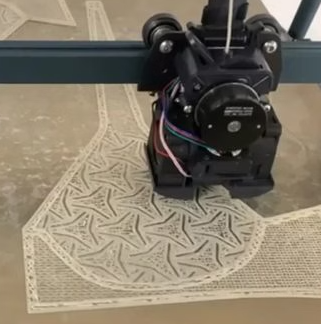
The Perfect Combination of Design and Functionality
The final product consists of multiple components, including 3D printed stretch cups with integrated front straps, two back straps with parametric design elements, decorative pieces connecting the components, and adjustable-length shoulder straps. All these components are customized based on the customer’s 3D scanning data to ensure the best fit.
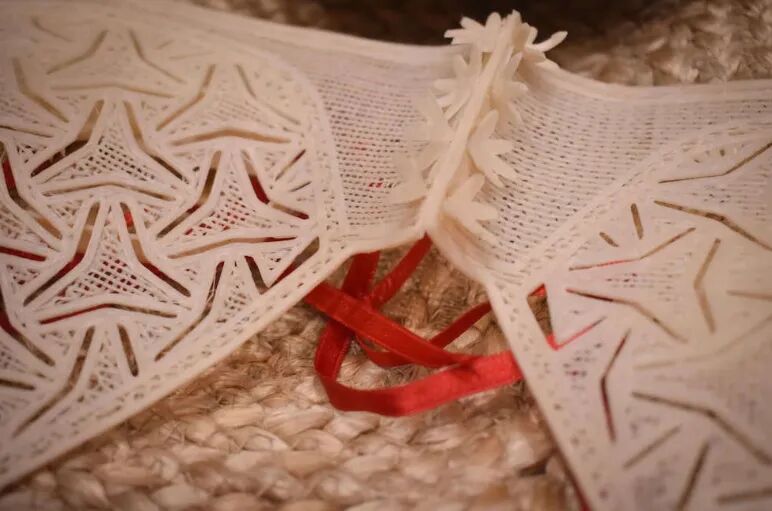
△3D Printed Underwear The stretch pattern is one of the core designs of this bra. Although it appears to be a flat structure, it is printed with flexible materials and achieves controllable stretching through unique geometric design. This feature allows the cups to closely fit the wearer’s body curves while maintaining comfort and support. Additionally, users can freely choose other design details, such as pattern density, strap length, and elasticity, truly achieving personalized customization.Neyla Coronel stated: “I do not want this project to be just my personal work; it should come from women and serve women—a shared space that personalizes design and empowers women.”
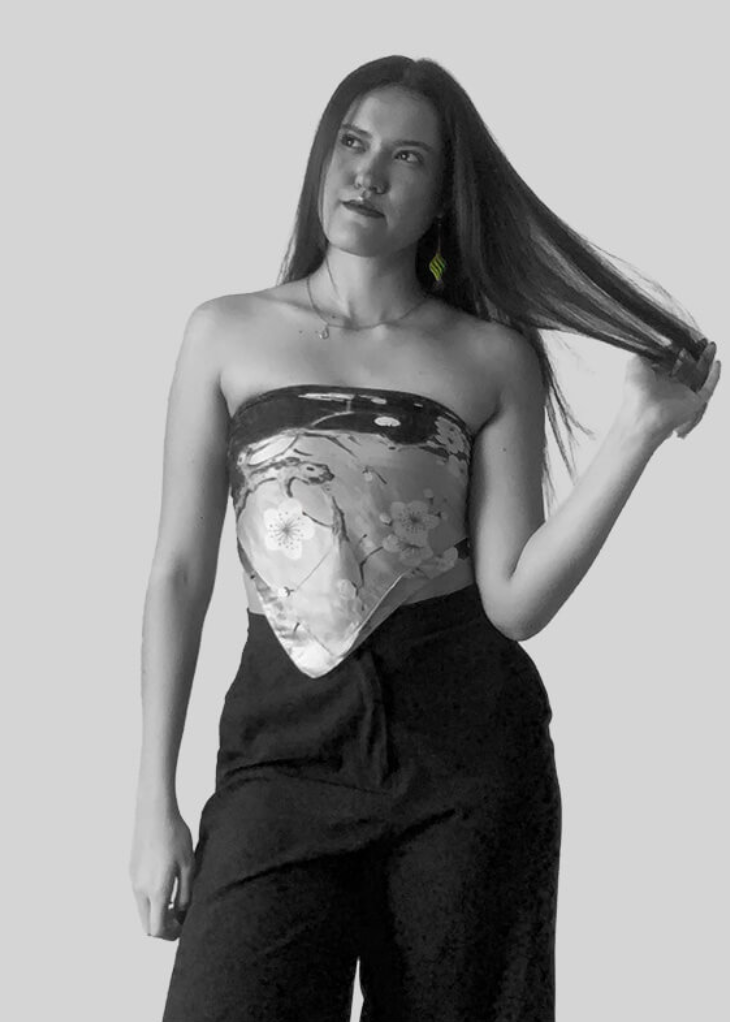
Material Selection: Flexibility and Environmental Friendliness
For such close-fitting items, material selection is crucial. Neyla Coronel experimented with various common 3D printing materials, such as PLA and TPU, but ultimately chose Balena.Filaflex. This is a circular 3D printing material developed in collaboration between biopolymer expert Balena and high-end material manufacturer Recreus.Neyla Coronel explained: “Collaborating with Balena.Filaflex was a breakthrough; its flexibility is perfect for making close-fitting garments, and it is bio-based, compostable, and recyclable.” These advantages not only enhance the product’s comfort but also make it more environmentally friendly, injecting sustainable development concepts into the fashion industry.
Looking Ahead: The Potential of 3D Printing in Fashion
Neyla Coronel is continuously exploring the application range of 3D printing technology in fashion and design products. Beyond underwear, she is also looking into other areas such as footwear. With her architectural background, she has created many innovative works, such as a 3D printed jewelry series called Origen.
